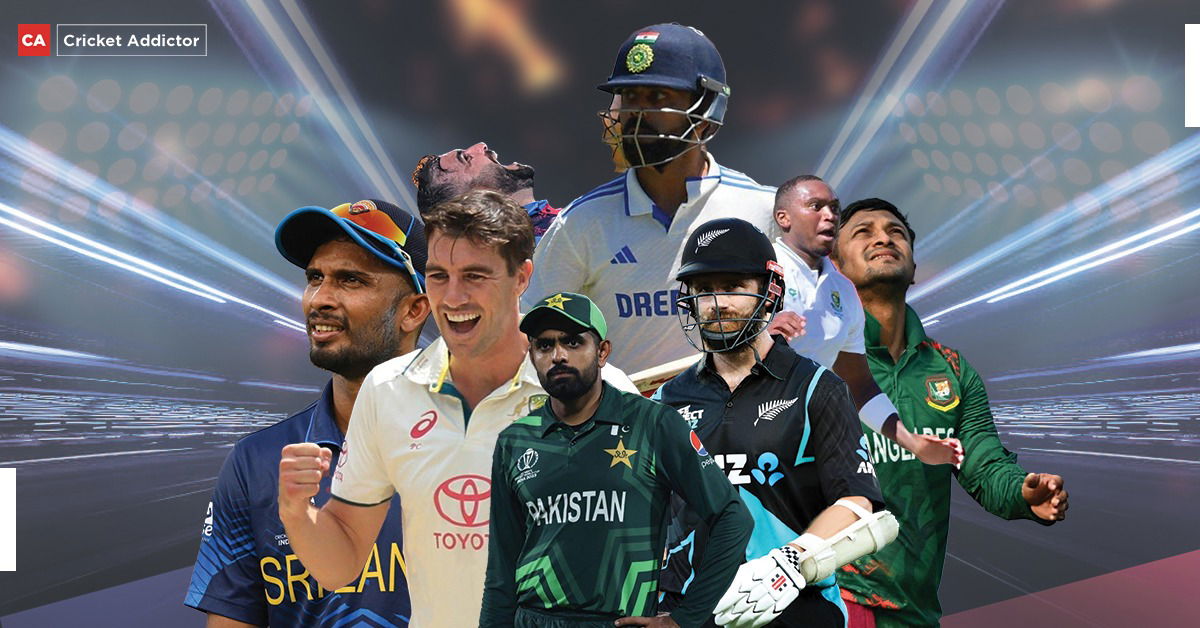Research Shows Cricket Can Help Bridge Caste Gap
Published - 13 Nov 2017, 03:09 PM | Updated - 22 Aug 2024, 11:48 PM

Sports always has one of the major media of uniting different castes. India, a diverse country, is home to so many religions, cultures and castes. Even in today’s time people in India are very particular about the caste and religion of a person. And when asked about else they are particular about; there will only be one answer: CRICKET.
A socio-economic experiment showed that one people of different caste and race unite towards a common goal or objective it bridges the social gap. As a result of this research, it was figured out that cricket helps bridge the gap and leads to more cross-caste friendship and less caste-based discrimination.

In a research of 1,261 Indian men aged 14-30 from eight gram-panchayats near Varanasi of General, OBC, and SC/ST residents participated in cricket tournaments for money. The research was carried out by MIT’s Abdul Latif Jameel of Poverty Action Lab. The study was led by economist Matt Lowe and showed the impact of such research depends on the kind of interactions.
Researchers said:
“Collaborative contact increases willingness to interact with men from other castes, reduces own-caste favoritism, and increases efficiency. In contrast, adversarial contact has no positive impacts, and can even have negative effects, Having all other-caste teammates instead of none increases the number of other-caste friends by 1.2, while having all other-caste opponents instead of none decreases the number of other-caste friends by 5.5.”

“General castes show the most in-group favoritism in voting, followed by OBCs. General castes on average rank someone from a different caste 0.78 positions lower – this outgroup bias is larger than the effect of the votee being a full two standard deviations worse in bowling, batting, and fielding ability. The own-caste favoritism of SC/STs is small and statistically insignificant,” says the study, confirming the general asymmetry in caste discrimination. However, the researchers found that collaborative contact reduced “own-caste favoritism in voting by up to 33%, while adversarial has no effect.”
“SC/ST players are worse at cricket, conditional on age. Their maximum bowling speed is on average 3.45 km/h slower than that of General castes (0.34 s.d.), and they hit 0.31 fewer 4s/6s (0.24 s.d.), and catch 0.22 fewer balls (0.19 s.d.).” OBC players, the researchers learnt, do not differ significantly from General castes under any measure of ability. As with other arenas, the performance gap can be attributed to the difference in opportunities.”
“In choosing captains, the batting order, and who bowls, teams can show favoritism towards one caste over others. Favoritism of upper castes exists for all three types of allocation. SC/STs are significantly less likely to be chosen as captains, and less favored in the batting and bowling orders. The evidence suggests that teams actively discriminate against lower castes. Considering the coefficient on age, SC/STs are effectively treated like a General caste four or five years their junior. OBCs also appear to be less favored than General castes, but the effect is much smaller and significant only for batting order choices.”
Tagged:
BCCI Indian National Cricket TeamAbout the Author

Ardent Sports lover, Cricket fanatic, Manchester United fan(GGMU), Roger Federer over Rafael Nadal Read more












